
Transit Briefs: NCTD, RTC Southern Nevada, Santa Clara VTA, Sound Transit
Written by Marybeth Luczak, Executive Editor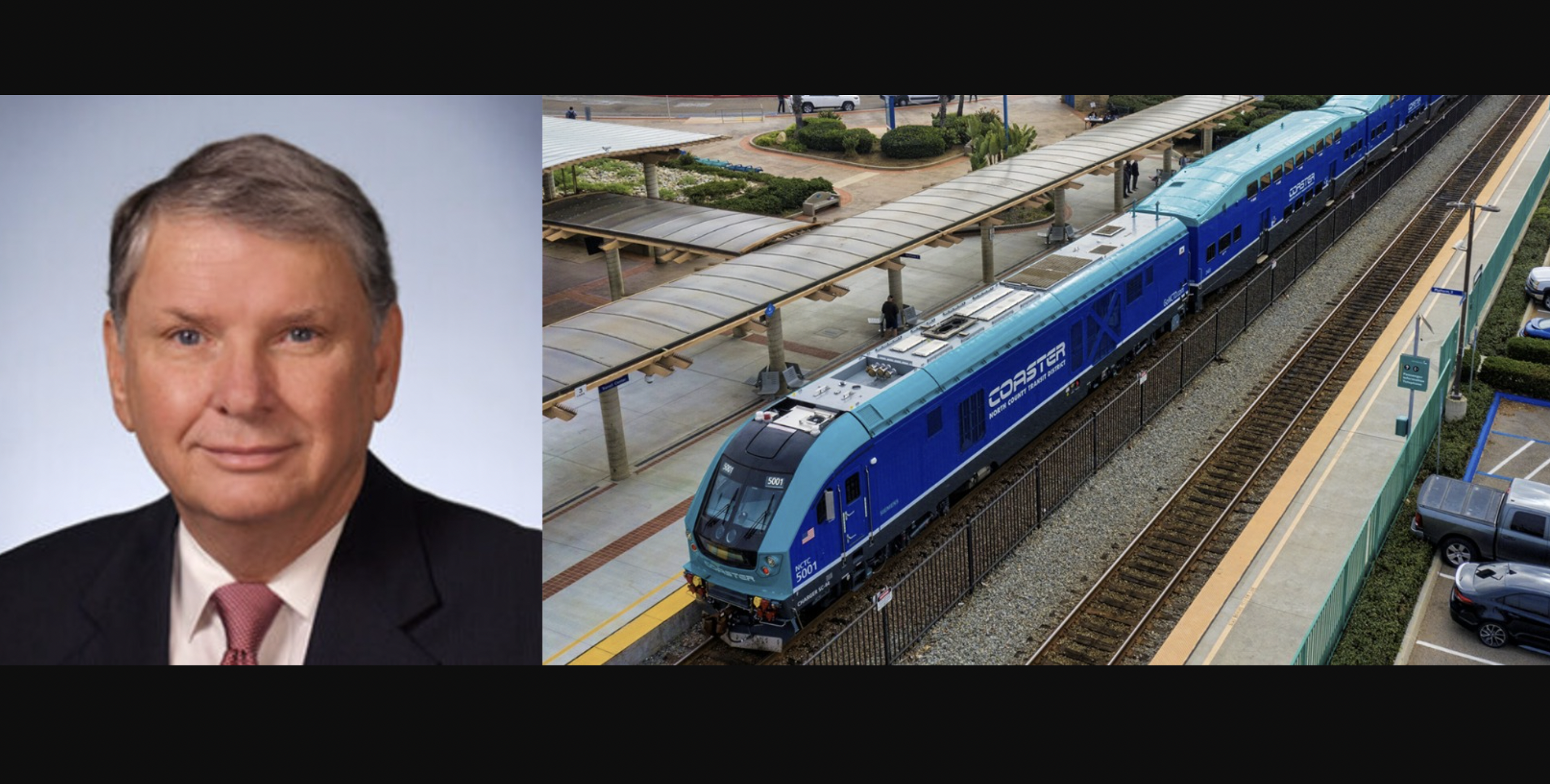
Paul J. Ballard has been named interim Executive Director at NCTD.
California’s North County Transit District (NCTD) appoints an interim Executive Director. Also, the Regional Transportation Commission (RTC) of Southern Nevada considers light rail in Las Vegas; Santa Clara Valley (Calif.) Transportation Authority (VTA) reports a double-digit increase in light rail and bus ridership from 2022 to 2023; and Sound Transit light rail in Seattle sets ridership records.
NCTD
The NCTD Board of Directors on Aug. 14 approved the appointment of Paul J. Ballard as interim Executive Director, succeeding Matthew O. Tucker, whose planned retirement was announced earlier this month.
Ballard, a veteran transit leader, will take the throttle Aug. 28 and remain for four months initially, overseeing NCTD operations and supporting the Board during the Executive Director selection process. He recently served in similar interim roles at Trinity Metro-Fort Worth Transportation Agency in Fort Worth, Tex. (interim President and CEO) and at the Regional Transportation District in Denver, Colo. (interim CEO and General Manager). Ballard has been the CEO of several agencies, including Trinity Metro-Fort Worth Transportation Authority, Nashville Metropolitan Transportation Authority, and the Regional Transportation Authority of Middle Tennessee. His previous roles also include President of Progressive Transportation Services, President of American Transit Corporation, Managing Director at ATC/Vancom International, and General Manager of Operations and Maintenance at Bi-State Development.
“We are very pleased to have identified someone with Mr. Ballard’s executive-level experience to help guide the district in the coming months as the Board conducts a process for the selection of a new Executive Director,” NCTD Board Chair Jewel Edson said. “Paul will be a valuable resource for NCTD’s Board and its employees during this transition.”
RTC Southern Nevada
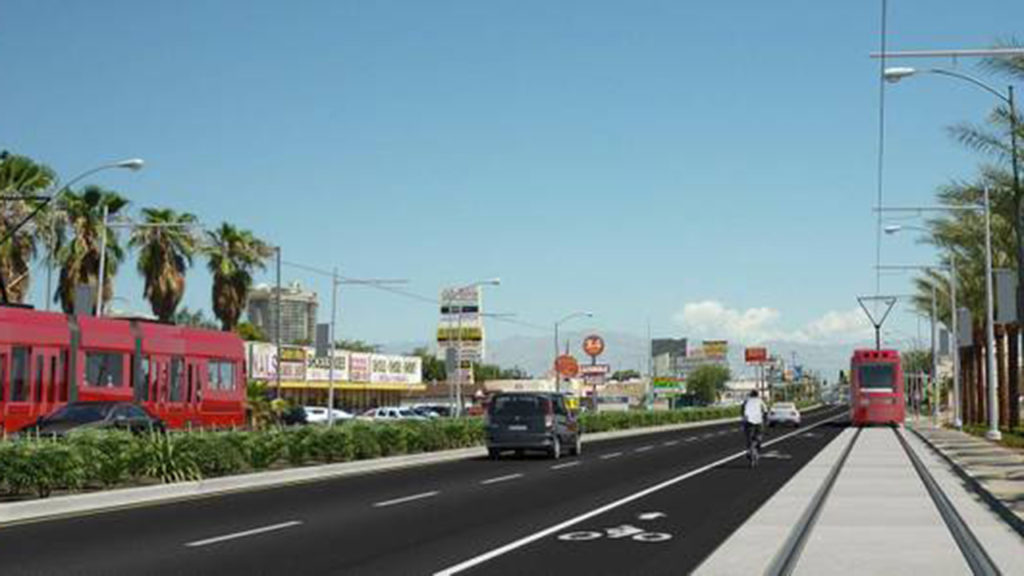
The Las Vegas Review-Journal on Aug. 14 reported that RTC Southern Nevada will use a $5.9 million grant from the U.S. Department of Transportation to help complete planning, alternative analysis, preliminary engineering and environmental clearance for an approximately 17-mile transit line along the Charleston corridor in Las Vegas.
“The analysis will focus on center-run transportation that will either be light rail or bus rapid transit, and on adding complete street elements, including dedicated bike lanes, wider sidewalks, covered bus shelters and improved lighting,” according to the newspaper.
The city of Las Vegas in 2021 partnered with private firm Axios to study what could be a $2 billion to $3 billion light rail option in the corridor, but that agreement ended, reported the newspaper, which noted the new venture would be public, though a public-private partnership hasn’t been ruled out.
Light rail, the paper said, was also considered as an option for the Maryland Parkway corridor between Russell Road near Harry Reid International Airport and downtown. However, the RTC Southern Nevada Board ruled it out, due to the approximately $1 billion price tag and a lack of federal funding. A $345 million bus rapid transit project was selected instead; construction is slated to begin early next year.
While light rail on the Charleston corridor is a more-expensive option, Clark County Commissioner and Chairman of the RTC Board of Directors Justin Jones said it is viable, according to the Las Vegas Review-Journal, “because of the available money for transportation projects, largely due to the bipartisan infrastructure bill.”
When the preferred transit option will be selected for the corridor and when construction will start is not yet available, according to the paper.
Santa Clara VTA
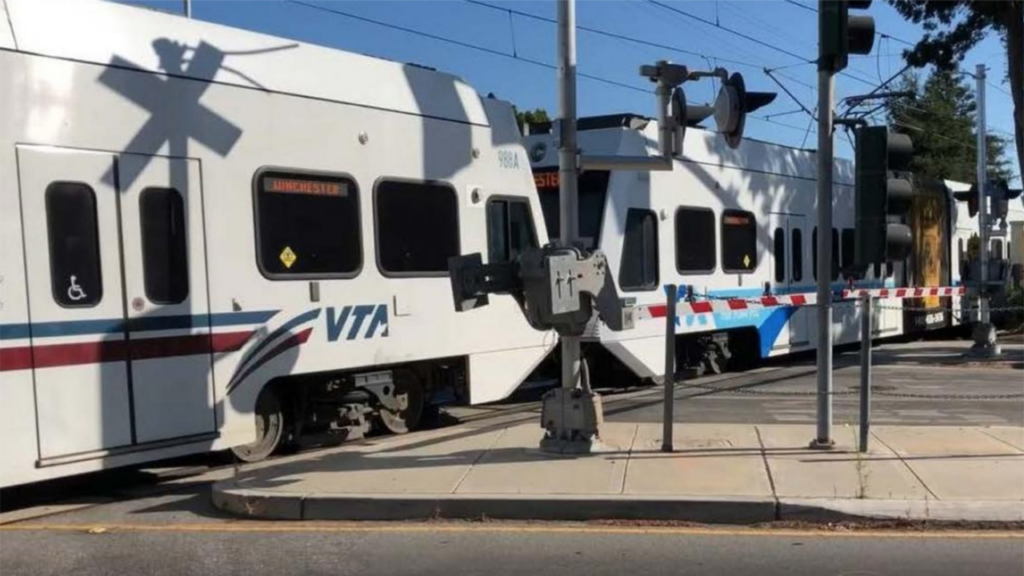
Santa Clara VTA on Aug. 14 reported that light rail and bus ridership is up 25% over 2022. VTA ridership now hovers around 72% of pre-pandemic numbers.
The recent special two-day event service to the Taylor Swift Eras Concert resulted in more than 45,000 trips, which VTA said was the highest event ridership on record to and from Levi’s Stadium since its 2014 launch.
Additionally, public transit use “is increasing substantially for essential service workers and non-commute trips despite the growth of remote work options,” the agency said. “This, in turn, bodes well for transit options like continuing the 16-mile BART extension further into San José and Santa Clara.”
The six-mile extension project—which includes three underground stations (28th Street/Little Portugal, Downtown San José, and Diridon), one at-grade station (Santa Clara), a maintenance facility, and five miles of subway tunnel—will expand BART service from the Berryessa Transit Center in northeast San José through downtown San José into the city of Santa Clara (see map below). Santa Clara VTA is the funding agency and will manage the delivery of the project, while BART is system operator and maintainer. (The 10-mile BART Phase I Berryessa Extension Project opened in 2020; it begins south of BART’s Warm Springs Station in Fremont, proceeds through Milpitas and ends in the Berryessa area of north San José.)
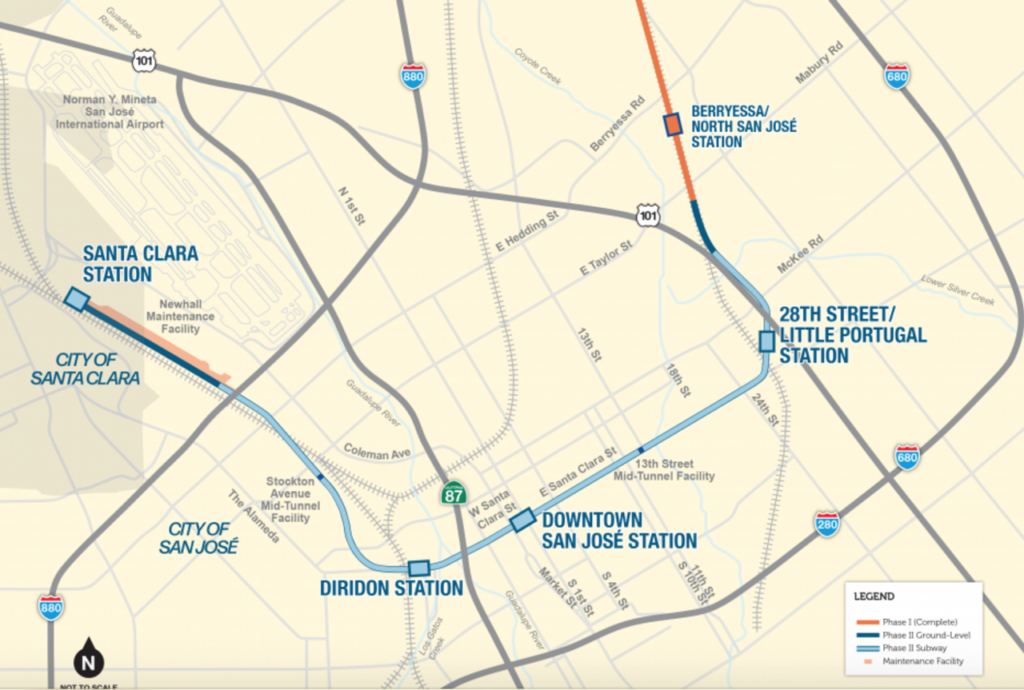
VTA said that tailoring service to meet school schedules is another key consideration of the agency’s overall service plan. For local student commuters, from grade school through graduate school, VTA bus and light rail provides an alternative to auto trips. Many university students, it noted, especially non-car owners throughout the Bay Area region, depend on regional rail or a combined trip with local transit to commute to school. Currently, a combination of VTA, Caltrain and BART brings students to San José State, Santa Clara and Stanford universities, as well as brings students living in Santa Clara County to colleges and universities throughout the Bay Area region. VTA said when it completes the final phase of its BART Extension Program, approximately 50% of trips to and from the four new stations, a total of 32,900 by 2040, will be non-work trips. These future stations in Santa Clara and San José will serve approximately 54,600 average weekday riders by 2040, according to VTA. This represents 6.9% of total anticipated BART ridership, with a projected 27,900 daily ridership at the Downtown San José Station alone, it noted. The two stations adjacent to San José State and Santa Clara Universities are projected to serve more than 5,600 university student trips per day, not including trips taken by staff and faculty.
Sound Transit
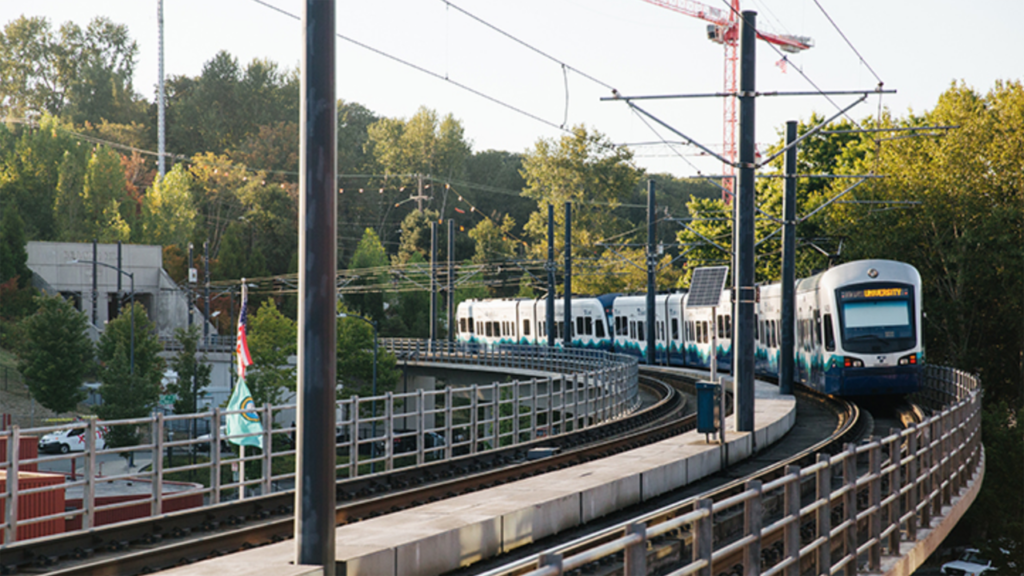
“Buoyed by Taylor Swift concert fans, Sound Transit light-rail trains carried 126,000 and 136,800 passengers on July 22 and 23 respectively, smashing records from before the pandemic,” The Seattle Times reported Aug. 11. Last month, 12 days saw light rail ridership exceed 100,000 passengers, “as the overall post-pandemic return of commuters and tourists has steadily grown this summer, in addition to the draw of some big events,” according to the newspaper.
Besides the Swift concerts that weekend, light rail carried attendees of Mariners games, the Capitol Hill Block Party, and the Bite of Seattle. The paper noted that on July 11, the Major League Baseball All-Star Game day, there were 115,600 light rail riders, topping the previous record of 108,500 set Oct. 3, 2019.
“These volumes are as high as freeway traffic counts,” The Seattle Times pointed out. “Full trains show travelers and taxpayers getting a return for the Puget Sound region’s massive transit investment—some $5 billion in local and federal funds from 2003-2021 to create the 24-mile 1 Line from Northgate to downtown and Angle Lake.”
According to Sound Transit spokesman John Gallagher, ridership is also up due to everyday users. The newspaper noted that “Amazon called people back to offices three days per week in May, while other employers have reestablished downtown work,” and tourism is “booming.” The Oct. 2, 2021, launch of three north Seattle stations “made the line practical for more riders, especially students and staff at the University of Washington.”
According to the newspaper, “normal” ridership volumes are around 80,000, which decreased by 50% during the pandemic. “Since this March, total boardings grew 2% to 5% per month to reach 81,375 average daily trips in June, with July sure to be higher,” it reported.



